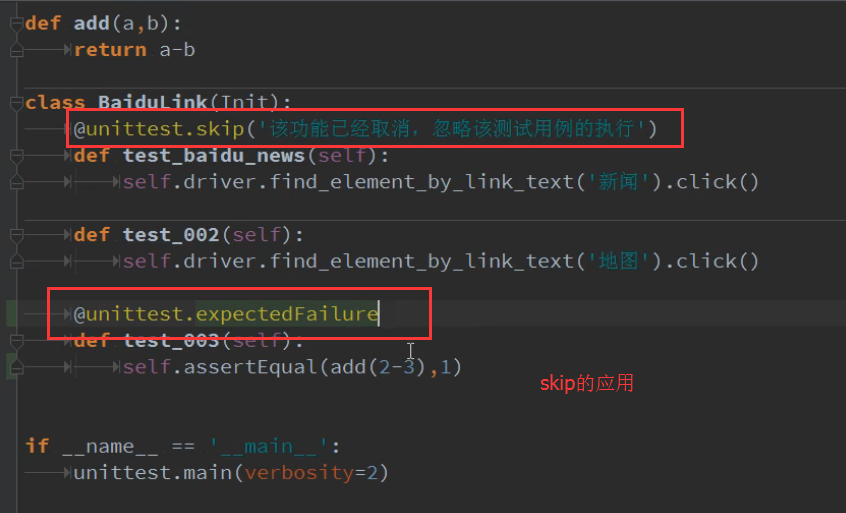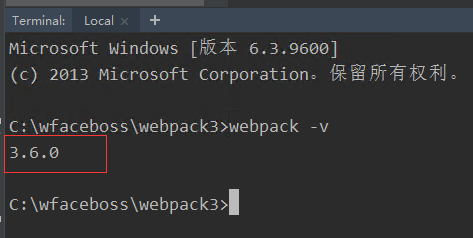我现在用的是dprint包knitr ,主要是让我可以突出显示从表中,这是我的工作得到了行,但输出图像留下了一个注脚一个相当大的空间,它占用不必要的空间。
有没有去摆脱它?
此外,由于我是相当新的DPRINT,如果任何人有更好的想法/建议如何突出表,使他们看起来很漂亮,没有任何脚注......或方法来整理我的代码,将是伟大的!
在RMD文件代码的下面是一个例子...
```{r fig.height=10, fig.width=10, dev='jpeg'}
library("dprint")
k <- data.frame(matrix(1:100, 10,10))
CBs <- style(frmt.bdy=frmt(fontfamily="HersheySans"), frmt.tbl=frmt(bty="o", lwd=1),
frmt.col=frmt(fontfamily="HersheySans", bg="khaki", fontface="bold", lwd=2, bty="_"),
frmt.grp=frmt(fontfamily="HersheySans",bg="khaki", fontface="bold"),
frmt.main=frmt(fontfamily="HersheySans", fontface="bold", fontsize=12),
frmt.ftn=frmt(fontfamily="HersheySans"),
justify="right", tbl.buf=0)
x <- dprint(~., data=k,footnote=NA, pg.dim=c(10,10), margins=c(0.2,0.2,0.2,0.2),
style=CBs, row.hl=row.hl(which(k[,1]==5), col='red'),
fit.width=TRUE, fit.height=TRUE,
showmargins=TRUE, newpage=TRUE, main="TABLE TITLE")
```
提前致谢!
我没用过dprint之前,但我看到了几个可能导致问题的不同的事情:
- 您的代码块的开始定义了图像的宽度和高度,这
dprint似乎试图使用。 - 您同时设置
fit.height和fit.width 。 我认为,只有那些使用的一个(换句话说,所产生的图像不拉伸,以适应高度和宽度,但只有一个似乎使最有意义,在这种情况下,宽度)。
摆弄周围一分钟后,这里就是我这样做,最大限度地减少了注脚。 不过,我不知道是否有这样做更有效的方式。
```{r dev='jpeg'}
library("dprint")
k <- data.frame(matrix(1:100, 10,10))
CBs <- style(frmt.bdy=frmt(fontfamily="HersheySans"),
frmt.tbl=frmt(bty="o", lwd=1),
frmt.col=frmt(fontfamily="HersheySans", bg="khaki",
fontface="bold", lwd=2, bty="_"),
frmt.grp=frmt(fontfamily="HersheySans",bg="khaki",
fontface="bold"),
frmt.main=frmt(fontfamily="HersheySans", fontface="bold",
fontsize=12),
frmt.ftn=frmt(fontfamily="HersheySans"),
justify="right", tbl.buf=0)
x <- dprint(~., data=k, style=CBs, pg.dim = c(7, 4.5),
showmargins=TRUE, newpage=TRUE,
main="TABLE TITLE", fit.width=TRUE)
```
更新
玩耍确定图像的大小是一个总阻力。 但是,如果R中运行代码,并期待在结构x ,你会发现以下内容:
str(x)
# List of 3
# $ cord1 : num [1:2] 0.2 6.8
# $ cord2 : Named num [1:2] 3.42 4.78
# ..- attr(*, "names")= chr [1:2] "" ""
# $ pagenum: num 2
或者,简单地说:
x$cord2
# 3.420247 4.782485
这些都是你造成图像的尺寸,而这些信息或许可以很容易地插入功能,使您的地块比较好。
祝好运!
因此,这里是我的解决方案......一些例子...
我只是复制和粘贴我的RMD文件来演示如何使用它。
你应该能够把刚才复制并粘贴到空白的RMD文件,然后编织成HTML看到的结果...
理想的情况是什么,我也喜欢本来,使这一切一个整洁可爱的功能,而不是分裂它分为两个(即setup.table&print.table),但通过的建议,因为大块选项不能改变中期块一汇 ,它必须分成两个功能...
`dprint` + `knitr` Examples to create table images
===========
```{r}
library(dprint)
# creating the sytle object to be used
CBs <- style(frmt.bdy=frmt(fontfamily="HersheySans"),
frmt.tbl=frmt(bty="o", lwd=1),
frmt.col=frmt(fontfamily="HersheySans", bg="khaki",
fontface="bold", lwd=2, bty="_"),
frmt.grp=frmt(fontfamily="HersheySans",bg="khaki",
fontface="bold"),
frmt.main=frmt(fontfamily="HersheySans", fontface="bold",
fontsize=12),
frmt.ftn=frmt(fontfamily="HersheySans"),
justify="right", tbl.buf=0)
# creating a setup function to setup printing a table (will probably put this function into my .Rprofile file)
setup.table <- function(df,width=10, style.obj='CBs'){
require(dprint)
table.style <- get(style.obj)
a <- tbl.struct(~., df)
b <- char.dim(a, style=table.style)
p <- pagelayout(dtype = "rgraphics", pg.dim = NULL, margins = NULL)
f <- size.simp(a[[1]], char.dim.obj=b, loc.y=0, pagelayout=p)
# now to work out the natural table width to height ratio (w.2.h.r) GIVEN the style
w.2.h.r <- as.numeric(f$tbl.width/(f$tbl.height +b$linespace.col+ b$linespace.main))
height <- width/w.2.h.r
table.width <- width
table.height <- height
# Setting chunk options to have right fig dimensions for the next chunk
opts_chunk$set('fig.width'=as.numeric(width+0.1))
opts_chunk$set('fig.height'=as.numeric(height+0.1))
# assigning relevant variables to be used when printing
assign("table.width",table.width, envir=.GlobalEnv)
assign("table.height",table.height, envir=.GlobalEnv)
assign("table.style", table.style, envir=.GlobalEnv)
}
# function to print the table (will probably put this function into my .Rprofile file as well)
print.table <- function(df, row.2.hl='2012-04-30', colour='lightblue',...) {
x <-dprint(~., data=df, style=table.style, pg.dim=c(table.width,table.height), ..., newpage=TRUE,fit.width=TRUE, row.hl=row.hl(which(df[,1]==row.2.hl), col=colour))
}
```
```{r}
# Giving it a go!
# Setting up two differnt size tables
small.df <- data.frame(matrix(1:100, 10,10))
big.df <- data.frame(matrix(1:800,40,20))
```
```{r}
# Using the created setup.table function
setup.table(df=small.df, width=10, style.obj='CBs')
```
```{r}
# Using the print.table function
print.table(small.df,4,'lightblue',main='table title string') # highlighting row 4
```
```{r}
setup.table(big.df,13,'CBs') # now setting up a large table
```
```{r}
print.table(big.df,38,'orange', main='the big table!') # highlighting row 38 in orange
```
```{r}
d <- style() # the default style this time will be used
setup.table(big.df,15,'d')
```
```{r}
print.table(big.df, 23, 'indianred1') # this time higlihting row 23
```



